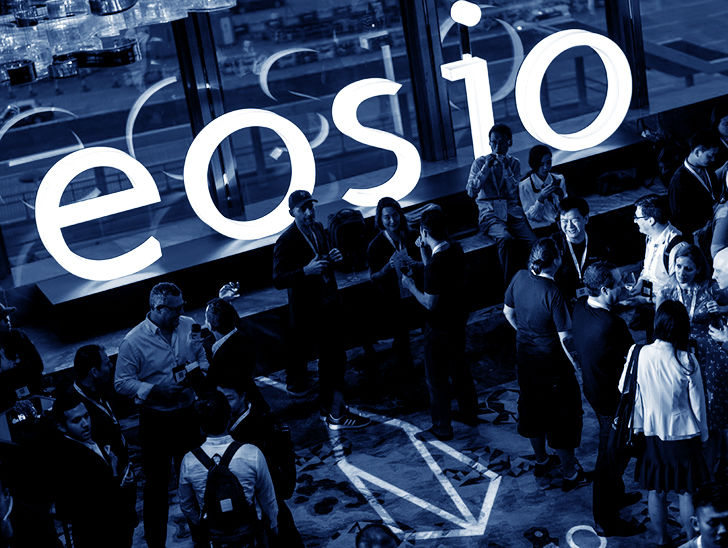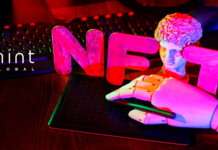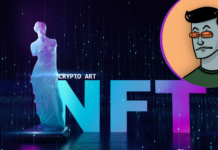
We live in an exciting time for blockchain enthusiasts. The world of distributed apps (dApps) is exploding. But the increasing number and popularity of dApps is already causing problems. When Crypto Kitties blew up, for example, it brought the entire Ethereum network to a crawl. If dApps are going to go mainstream, that sort of slowdown is simply not sustainable for blockchain and cryptocurrency ecosystems.
EOS is a blockchain solution aimed at solving that problem by providing a dApp-friendly blockchain platform that scales easily and smoothly to handle any load. But there’s more to it than just that: EOS aims to offer a platform that can handle millions of transactions per second with zero transaction fees.
What Do dApps Need to Go Mainstream?
The basic goal of EOS is to be the best platform for distributed apps. Its most obvious competition there is Ethereum, but Ethereum has a couple of major roadblocks that would prevent it – at least in its current form – from becoming the dominant dApp platform if dApps were as mainstream as, for example, Android or iOS apps.
First, there are Ethereum’s scaling issues. The Crypto Kitties hype was enough to hobble the entire network for a bit, and that dApp was nowhere near as popular as mainstream apps like Clash of Clans. But transaction costs are a big problem for Ethereum, too. A truly mainstream dApp will need to be able to conduct lots of transactions very quickly without paying a fortune in “gas” fees.
EOS aims to offer that. Its secret weapon? Delegated proof-of-stake.
What’s Behind EOS? The Secret Sauce
Like Ethereum, EOS’s network software supports smart contracts, meaning that developers can create any sort of dApp they’d like and have it work on the EOS platform. But unlike Ethereum, EOS uses a delegated proof-of-stake (DPOS) consensus algorithm, and that – at least according to the EOS development team – makes all the difference.
Traditional blockchain networks like Bitcoin and Ethereum currently operate using proof-of-work consensus algorithms. That means that transactions are validated on the network by miners whose computers solve complex cryptographic problems. This ensures a high level of security, but it’s incredibly costly in terms of both time and energy.
Proof-of-stake systems forgo the number-crunching and achieve network consensus by having transactions validated by network stakeholders (i.e., token holders). Delegated proof of stake networks validate transactions by using a smaller, often random and frequently changing, number of delegate stakeholders.
Because only a small number of stakeholders are needed to validate each block of transactions, transactions can be processed much more quickly and efficiently.

That ties into another unique feature of the EOS blockchain, which is that there is no EOS blockchain. At least, not in the way you’d expect. Rather than operating a blockchain, the developers behind EOS are simply building the software platform for a blockchain that will ultimately be launched, operated, and owned by the community. Ownership of EOS tokens will, in the long run, equate to ownership of a real stake in the network’s power.
The EOS Token: An Unusual Situation
If you’re interested in the idea of EOS, it’s important to understand that the EOS token that’s being traded right now doesn’t correlate in any direct way to the EOS dApp platform and blockchain that will, ultimately, be launched.
The currently-existing EOS token is an ERC-20 token – a token on the Ethereum blockchain – that was created for EOS’s ICO. It doesn’t – and can’t – have any use on the EOS blockchain because it’s not on an EOS blockchain, it’s on the Ethereum chain.
However, the developers have said that the current EOS tokens will redeemable for tokens on the EOS blockchain once the EOS mainnet launches, which is expected to happen in June 2018. The expected rate of redemption is 1:1.
But it’s worth pointing out that no redemption is guaranteed, and EOS’s website clearly states that the tokens “do not have any rights, uses, purpose, attributes, functionalities or features, express or implied, including, without limitation, any uses, purpose, attributes, functionalities or features on the EOS Platform.”
The Future Of EOS – What To Expect?

As is often the case with cool-sounding blockchain projects, the big catch with EOS is that it’s all still in development. We won’t know until at least June how the EOS software actually performs, and whether it can live up to its impressive claims.
But there’s plenty of reason to be optimisitic about EOS’s prospects. Its CEO, Brendan Blumer, has over a decade of entrepreneurial tech experience under his belt, and partner Brock Pierce is a major crypto influencer who founded Blockchain Capital.
EOS itself has attracted enough investor interest to rank as one of the most successful ICOs of all time, having raised millions in its nearly-year-long ICO.
We’ll see soon whether EOS can deliver on its promise, but it’s clear that the project has a lot of talent and support behind it.



































